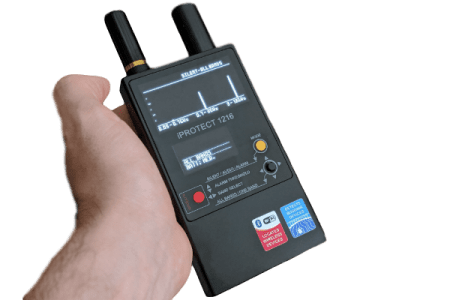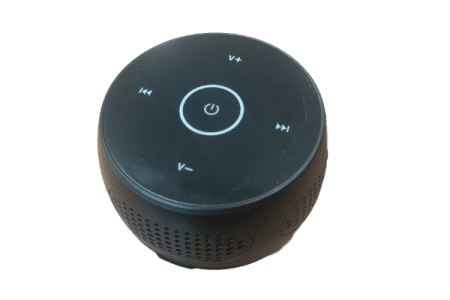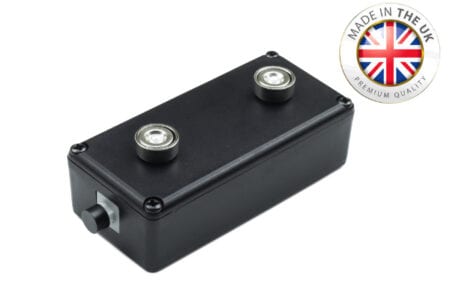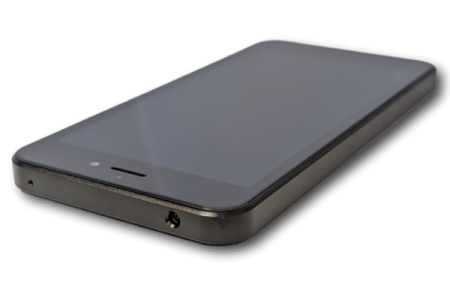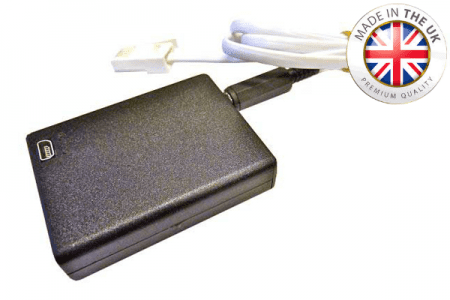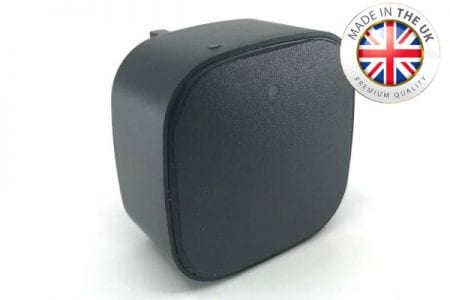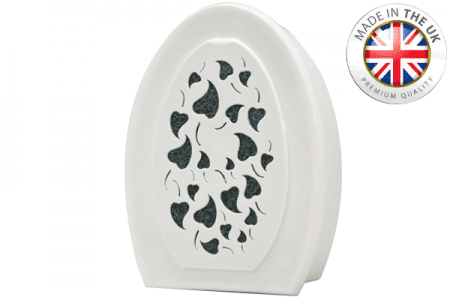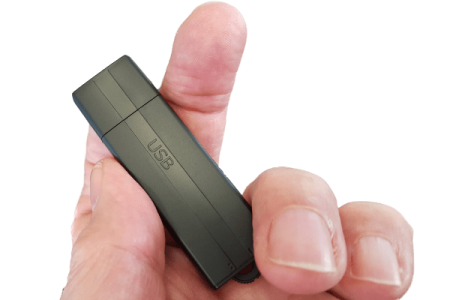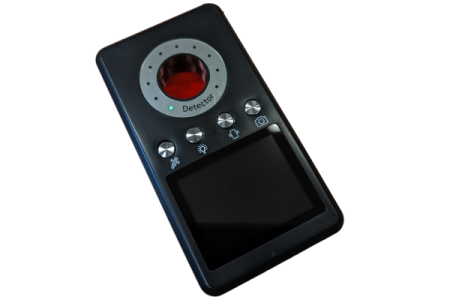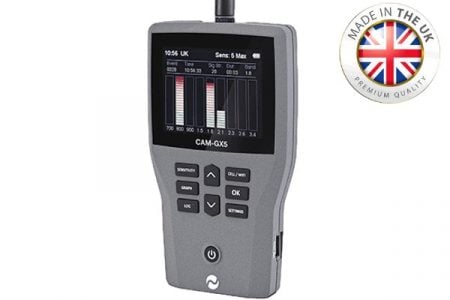When you explore our range of Technical Surveillance Countermeasures (TSCM) equipment, you’ll notice it’s divided into two subcategories: Bug Detection and Specialist Bug Detection. The prices span a wide spectrum, from £83.00 right up to nearly £13,000. This often leads to the question: does a lower price mean an anti-spy device isn’t worth considering?
Not at all. The primary purpose of all these products is to uncover hidden surveillance equipment in environments where its presence is suspected. The crucial factor is the level of surveillance threat, which varies significantly based on the circumstances. For instance, a domestic home where an ex-partner is thought to have concealed spy devices presents a much lower threat level than, say, a military environment where a sophisticated adversary might have deployed specialist equipment.
Understanding the Technology Behind the Cost
Generally, lower-priced bug sweepers have a more limited frequency scan range than their higher-priced counterparts. In addition, the more expensive models are specifically designed to scan for particular, commonly used frequencies. They achieve this using multiple, side-by-side scanning technologies, which allow for the identification of many different signals simultaneously, displayed on a sophisticated monitor.
Furthermore, the most expensive devices can record encountered frequencies. These recordings can then be offloaded and analysed in list and graph formats. The top-tier products even enable a comparison of two separate scan dates and offer detailed frequency wave analysis.
All these additional features, along with larger, more comprehensive displays and sensitive built-in technology, come at a premium price. Therefore, when making a decision, aside from the cost, the level of threat and the desired sophistication of the counter-surveillance capabilities should be your main considerations.

